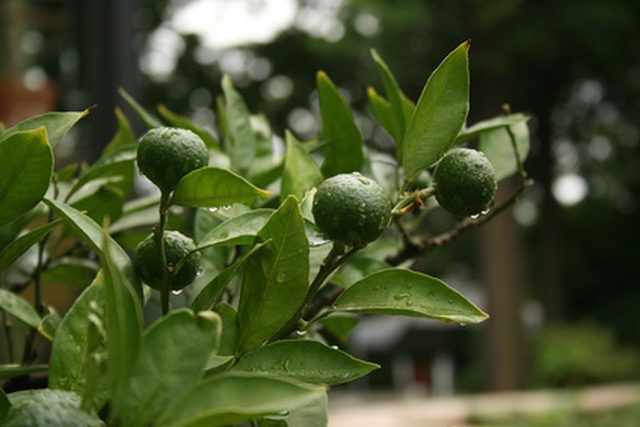Bulbs
Flower Basics
Flower Beds & Specialty Gardens
Flower Garden
Garden Furniture
Garden Gnomes
Garden Seeds
Garden Sheds
Garden Statues
Garden Tools & Supplies
Gardening Basics
Green & Organic
Groundcovers & Vines
Growing Annuals
Growing Basil
Growing Beans
Growing Berries
Growing Blueberries
Growing Cactus
Growing Corn
Growing Cotton
Growing Edibles
Growing Flowers
Growing Garlic
Growing Grapes
Growing Grass
Growing Herbs
Growing Jasmine
Growing Mint
Growing Mushrooms
Orchids
Growing Peanuts
Growing Perennials
Growing Plants
Growing Rosemary
Growing Roses
Growing Strawberries
Growing Sunflowers
Growing Thyme
Growing Tomatoes
Growing Tulips
Growing Vegetables
Herb Basics
Herb Garden
Indoor Growing
Landscaping Basics
Landscaping Patios
Landscaping Plants
Landscaping Shrubs
Landscaping Trees
Landscaping Walks & Pathways
Lawn Basics
Lawn Maintenance
Lawn Mowers
Lawn Ornaments
Lawn Planting
Lawn Tools
Outdoor Growing
Overall Landscape Planning
Pests, Weeds & Problems
Plant Basics
Rock Garden
Rose Garden
Shrubs
Soil
Specialty Gardens
Trees
Vegetable Garden
Yard Maintenance
How to Make Lime Trees Grow in Texas
How to Make Lime Trees Grow in Texas. Making a lime tree grow in Texas requires planting the tree in a suitable area, applying proper nourishment, and providing freeze protection. Full sun is ideal, soil should have good surface and root area drainage, and a soil pH of 6 to 8 is optimum. Nourishment is regular watering and twice yearly applications...

Making a lime tree grow in Texas requires planting the tree in a suitable area, applying proper nourishment, and providing freeze protection. Full sun is ideal, soil should have good surface and root area drainage, and a soil pH of 6 to 8 is optimum. Nourishment is regular watering and twice yearly applications of a high phosphorus fertilizer. Freeze protection is essential. According to Julian Sauls, professor and extension horticulturist with the Texas Cooperative Extension, lime trees are so cold sensitive they cannot survive freezing temperatures without special protection, even in the Rio Grande Valley.
Things You'll Need
Soil pH meter
Container-grown lime tree
Shovel
Water hose
Fertilizer
Plant covers
Determine a suitable site to plant a lime tree. The south or southeast side of a house provides the most cold protection, full sun is the best light for a lime tree, and planting 6 to 8 feet away from any buildings, fences, or driveways will help later with pruning and size control.
Test the site soil with a soil pH meter. A pH reading of 6 to 8 is good for most citrus trees, including limes. Avoid high caliche and salty soils.
Test the soil for drainage. Lime trees need good surface and root area drainage. Heavy clay and poorly draining areas are not recommended for citrus growth. The presence of strong landscape trees in the area is a very good indicator that the soil has adequate drainage.
Purchase a container-grown lime tree from a nursery. Most lime trees sold by nurseries are grown on rootstock resistant to Phytophthora root and foot rot, which is not the case with seed grown trees.
Dig a hole with the shovel 1.5 times wider than the root ball of the tree. If digging on grass, dig the depth of the hole 1 inch less than the depth of the root ball. If digging on bare ground, dig the hole the same depth as the root ball. Remove existing vegetation from 3 to 5 feet in diameter from the center of the hole.
Wash off about 1 inch of growing medium immediately before planting the tree, both on the bottom and sides of the root ball. This exposes peripheral roots to the soil, decreasing the amount of time before the roots start growing into surrounding soil.
Place the tree in the hole, backfill about half way, then water to settle the soil and roots. Complete the backfilling, then add 1 inch of soil to the top of the growing medium. This seals the root ball from the air.
Build a soil ring around the tree, about 2 feet across and a few inches high and thick. Use the water hose and fill the water ring with water immediately after planting. After the water drains, add soil to any spaces that may have formed between the root ball and the lime tree's new home.
Water every few days for the first two weeks, increasing to once every 7 to 10 days over the next two months. Keep all weeds and lawn grass out of the watering ring, as any vegetation competes for nutrients with the lime tree. The best watering is slow and thorough.
Fertilize after growth begins. For the first year, one cup of ammonium sulfate (21-0-0) divided into three or four applications a year is sufficient. Increase the amount to 2 cups in year two, and 3 in year three. Fertilizer should be scattered around the tree and watered in.
Protect from freezes with plant covers such as blankets or tarps. As Professor Sauls states, "Cold protection measures for lime trees will be required sooner or later." In addition to draping young plants, "The corners should be stretched outward and tied down."
Tips & Warnings
Do not plant near a septic field.
Do not scoop out a large bowl of soil surrounding the tree to aid with watering. The lime tree is vulnerable to root rot, and this practice greatly increases the chances of tree death.